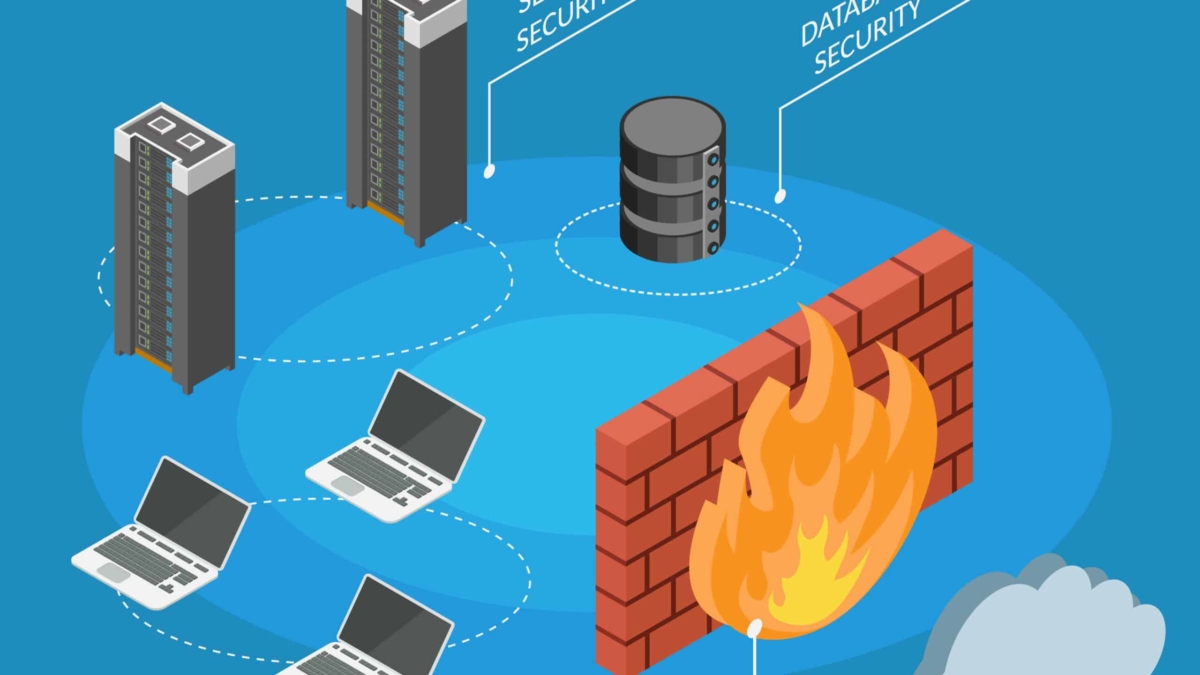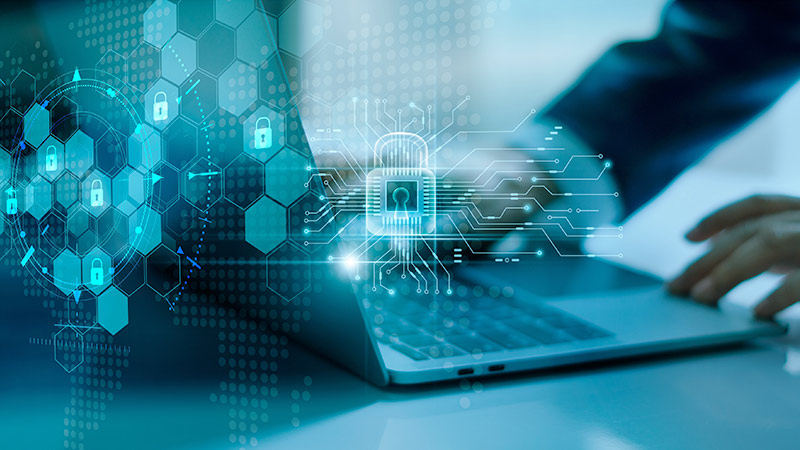Data and Network Security: Key Strategies to Safeguard Your Digital Infrastructure
Data and Network Security: Key Strategies to Safeguard Your Digital Infrastructure
Blog Article
Exactly How Data and Network Safety Safeguards Versus Emerging Cyber Dangers
In an era noted by the fast evolution of cyber dangers, the importance of information and network protection has never been a lot more obvious. As these threats become extra complex, comprehending the interaction in between information safety and security and network defenses is important for mitigating threats.
Understanding Cyber Risks

The ever-evolving nature of innovation constantly introduces brand-new vulnerabilities, making it necessary for stakeholders to remain cautious. People may unwittingly come down with social design strategies, where assaulters manipulate them into revealing delicate information. Organizations face special challenges, as cybercriminals frequently target them to exploit valuable data or interfere with operations.
Additionally, the surge of the Net of Things (IoT) has actually increased the attack surface area, as interconnected gadgets can function as entry points for assailants. Acknowledging the value of durable cybersecurity practices is vital for alleviating these threats. By cultivating a thorough understanding of cyber people, companies and threats can execute reliable techniques to secure their digital assets, making certain durability despite a progressively complex danger landscape.
Secret Components of Information Safety
Ensuring data protection needs a diverse strategy that includes various essential parts. One fundamental component is data file encryption, which transforms sensitive info into an unreadable layout, obtainable only to licensed individuals with the ideal decryption keys. This acts as an important line of defense against unauthorized access.
Another essential element is accessibility control, which regulates who can view or control data. By implementing rigorous individual verification protocols and role-based accessibility controls, organizations can minimize the threat of insider hazards and information violations.

Furthermore, information covering up techniques can be used to safeguard delicate info while still permitting for its usage in non-production settings, such as screening and growth. fft perimeter intrusion solutions.
Network Safety And Security Techniques
Applying robust network safety and security approaches is vital for safeguarding a company's electronic facilities. These methods involve a multi-layered strategy that includes both software and hardware solutions designed to secure the honesty, discretion, and accessibility of data.
One essential element of network security is the implementation of firewall softwares, which work as an obstacle between trusted interior networks and untrusted outside networks. Firewalls can be hardware-based, software-based, or a mix of both, and they help filter outbound and inbound website traffic based on predefined protection rules.
Furthermore, breach detection and avoidance systems (IDPS) play an important role in keeping track of network web traffic for dubious tasks. These systems can inform administrators to possible violations and do something about it to minimize threats in real-time. On a regular basis covering and upgrading software is also critical, as susceptabilities can be exploited by cybercriminals.
In addition, applying Virtual Private Networks (VPNs) guarantees secure remote gain access to, encrypting data transferred over public networks. Segmenting networks can reduce the attack surface and contain potential violations, limiting their effect on the total facilities. By taking on these strategies, companies can properly strengthen their networks versus emerging cyber risks.
Finest Practices for Organizations
Establishing finest next practices for companies is essential in keeping a strong safety posture. An extensive method to blog here data and network protection begins with regular danger assessments to recognize susceptabilities and potential threats. Organizations must execute robust accessibility controls, ensuring that only authorized workers can access sensitive data and systems. Multi-factor verification (MFA) should be a basic need to improve safety layers.
Additionally, constant employee training and understanding programs are essential. Staff members need to be enlightened on acknowledging phishing efforts, social design tactics, and the importance of adhering to safety protocols. Regular updates and patch management for software program and systems are also essential to safeguard against recognized susceptabilities.
Organizations need to check and develop case action intends to make sure readiness for possible breaches. This includes establishing clear interaction channels and duties during a safety and security event. Information file encryption must be used both at rest and in transit to guard delicate information.
Last but not least, conducting routine audits and conformity checks will certainly help make certain adherence to appropriate regulations and recognized policies - fft perimeter intrusion solutions. By following these best techniques, organizations can substantially improve their durability versus arising cyber threats and safeguard their critical assets
Future Trends in Cybersecurity
As organizations navigate a progressively intricate electronic landscape, the future of cybersecurity is positioned to develop considerably, driven by emerging technologies and shifting risk standards. One prominent pattern is the integration of man-made knowledge (AI) and artificial intelligence (ML) into security structures, permitting for real-time danger discovery and response automation. These innovations can analyze substantial quantities of information to identify anomalies and prospective breaches much more effectively than conventional approaches.
Another critical pattern is the rise of zero-trust style, which needs constant verification of user identifications and tool protection, no matter their place. Full Article This approach lessens the danger of expert risks and enhances security against exterior assaults.
Moreover, the raising adoption of cloud solutions necessitates robust cloud security strategies that attend to special susceptabilities linked with cloud environments. As remote work comes to be an irreversible component, safeguarding endpoints will certainly also become extremely important, causing an elevated concentrate on endpoint detection and feedback (EDR) remedies.
Finally, regulatory compliance will remain to form cybersecurity methods, pushing companies to take on extra stringent information protection measures. Accepting these patterns will certainly be necessary for companies to fortify their defenses and browse the developing landscape of cyber threats properly.
Verdict
In verdict, the application of durable data and network safety procedures is crucial for organizations to protect versus emerging cyber threats. By using security, accessibility control, and reliable network safety and security techniques, organizations can considerably decrease susceptabilities and safeguard sensitive information.
In a period noted by the quick development of cyber threats, the significance of information and network protection has actually never ever been extra noticable. As these risks end up being more complicated, comprehending the interplay between data protection and network defenses is essential for mitigating risks. Cyber hazards incorporate a wide range of destructive tasks aimed at jeopardizing the confidentiality, stability, and accessibility of networks and information. An extensive strategy to data and network security begins with regular danger evaluations to determine vulnerabilities and prospective risks.In verdict, the application of robust information and network safety and security procedures is important for companies to secure versus emerging cyber hazards.
Report this page